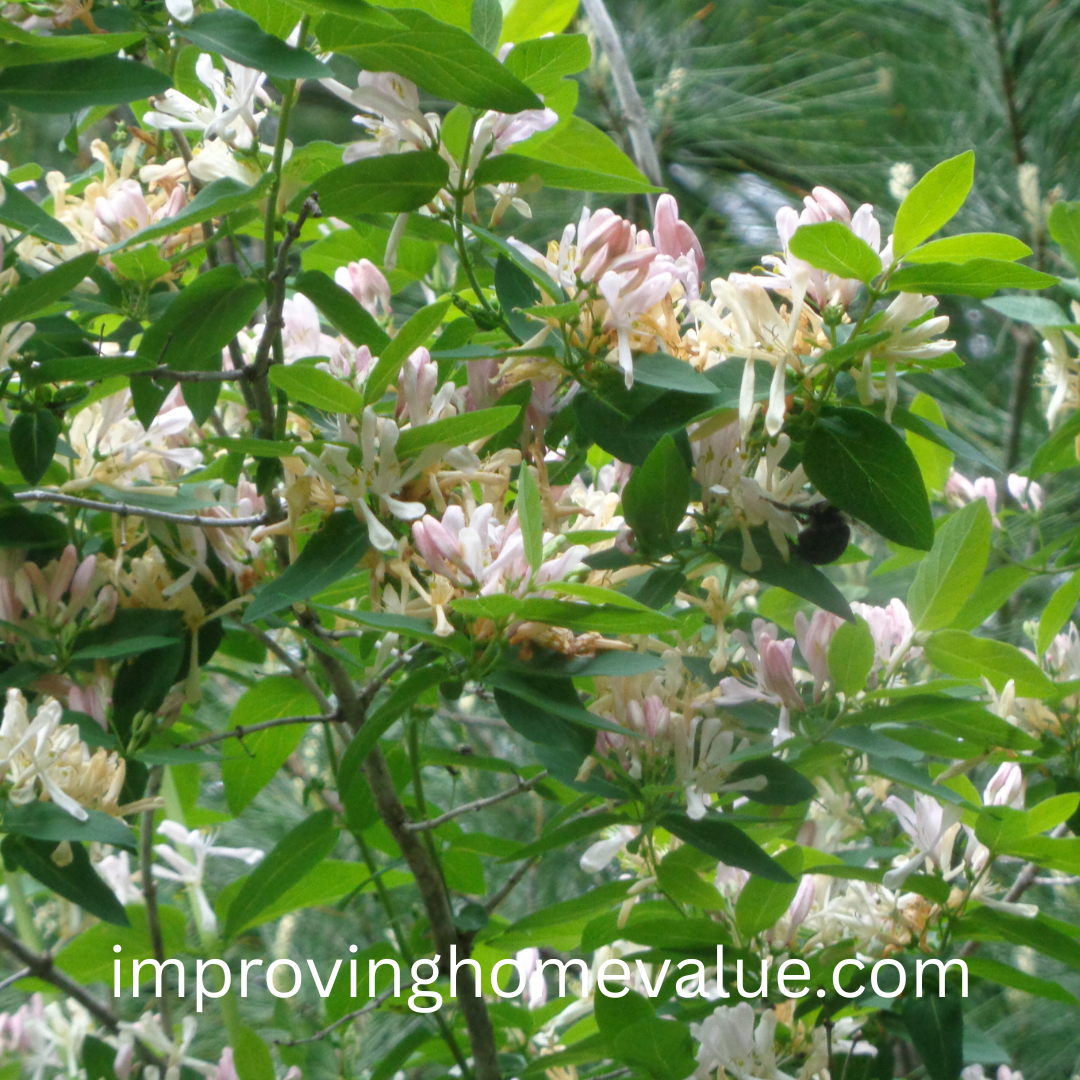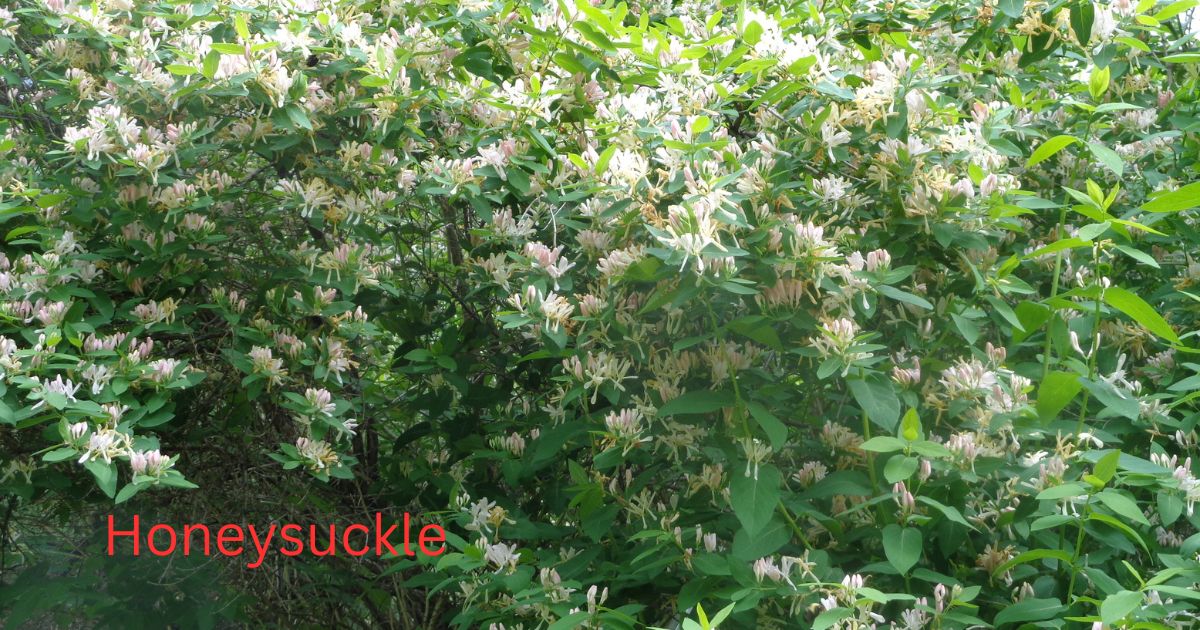Honeysuckle is a favorite for home gardeners who want to add beauty and wildlife appeal to their yards. I’ve grown honeysuckle around my home for years, and it just keeps giving. Fragrant blooms, colorful berries, and a steady stream of pollinators make it a joy year after year. Here’s my all-in-one guide on growing honeysuckle and getting the most out of it.
Best Time to Plant Honeysuckle
Spring and fall are both good seasons for planting honeysuckle. I usually plant mine in early spring after the last frost. The soil has started to warm up, letting the roots settle and stretch out all summer. Fall planting works, too, and the cooler weather eases stress on new plantings. Either way, skip the peak of summer since that heat can make it tough for new plants to get established.
Choosing Between Shrubs and Vines
Honeysuckle comes in dozens of varieties, and you can find both shrubs and climbing vines. If you want a plant to ramble over a fence or trellis, look for a vining honeysuckle like Japanese honeysuckle (Lonicera japonica) or trumpet honeysuckle (Lonicera sempervirens). For a more compact, bushy look, check out shrub varieties such as Lonicera tatarica. I like using vines to cover bare spots and add shade, while shrubs work great as privacy hedges. Mixing both types in your yard can give a boost to your landscape’s texture and interest all season long.
Finding the Right Sun and Soil
Honeysuckle needs sun to bloom well. I always plant mine where it gets at least six hours of direct sunlight, and some afternoon shade is fine, especially in hotter areas. As for soil, honeysuckle isn’t too fussy. I’ve had good luck in average garden soil, as long as it drains well. If your soil is heavy clay, mix in compost and sand to loosen things up. Sitting in wet spots leads to root rot, so well-drained soil is key.
Native Honeysuckle in North America
Plenty of honeysuckle species are native to North America. One of my favorites is trumpet honeysuckle (Lonicera sempervirens), which has bright red flowers and is less likely to take over your space compared to some imported types. Native varieties are usually more resilient against disease and support local wildlife. Before you plant, check which types are native or at least not considered invasive in your area. Native honeysuckle also fits in better with the local ecosystem and needs less fussing.
Fruit and Its Value to Birds
After honeysuckle blooms, many varieties put out small berries. While most people shouldn’t snack on honeysuckle berries—some can make you sick!—birds absolutely love them. Last fall, I counted half a dozen bird species gobbling up the berries. Honeysuckle adds a nice wildlife element to any yard, and those berries help feed birds and small animals when food is scarce. Planting honeysuckle is a good way to give a boost to your local wildlife habitat without much extra work.
Blooms Attract Bees and Butterflies
One thing I notice every year: my honeysuckle vines turn into pollinator hotspots. Bees, butterflies, and even hummingbirds rush to the sweet-smelling flowers. If you’re hoping to support local pollinators or just want to see more butterflies in your yard, honeysuckle helps. Trumpet honeysuckle is especially attractive to hummingbirds, thanks to its tubular blooms. Adding several varieties will set free a steady stream of visitors.

Common Pests and Disease Issues
Honeysuckle is usually pretty tough, but some issues do crop up. Aphids appear sometimes, but a quick spray with water or insecticidal soap does the trick. Powdery mildew can become a problem in humid spells. I keep things at bay by providing enough space between plants so air can circulate, and I avoid overhead watering. Pruning regularly helps too, since extra-thick growth makes disease more likely. By keeping an eye out and staying sharp, problems are limited and the plants stay strong.
Tips for Healthy Honeysuckle
- Water deeply: Especially in the first year, give your honeysuckle a solid soak when the soil dries out, so roots push down and get strong.
- Prune regularly: Trim back vines and remove old wood after flowering to keep your plants tidy and blooming.
- Support climbers: If you’re growing a vine, add a trellis or sturdy fence for it to grab as it climbs upward. Strong supports keep things neat and help blooms show off.
Share Your Honeysuckle Experiences
Nothing beats seeing honeysuckle in full bloom around the house, with butterflies fluttering and birds swooping in for berries. Have a favorite honeysuckle variety or a tip that always works? Drop your ideas or questions below, and let’s help each other grow even better gardens. With a little time and some simple care, honeysuckle can become a highlight of your outdoor space year after year. Enjoy your garden projects around your home this summer.
